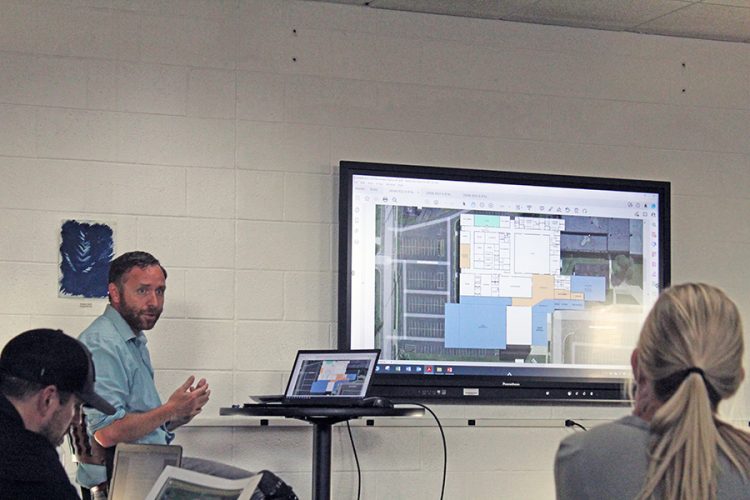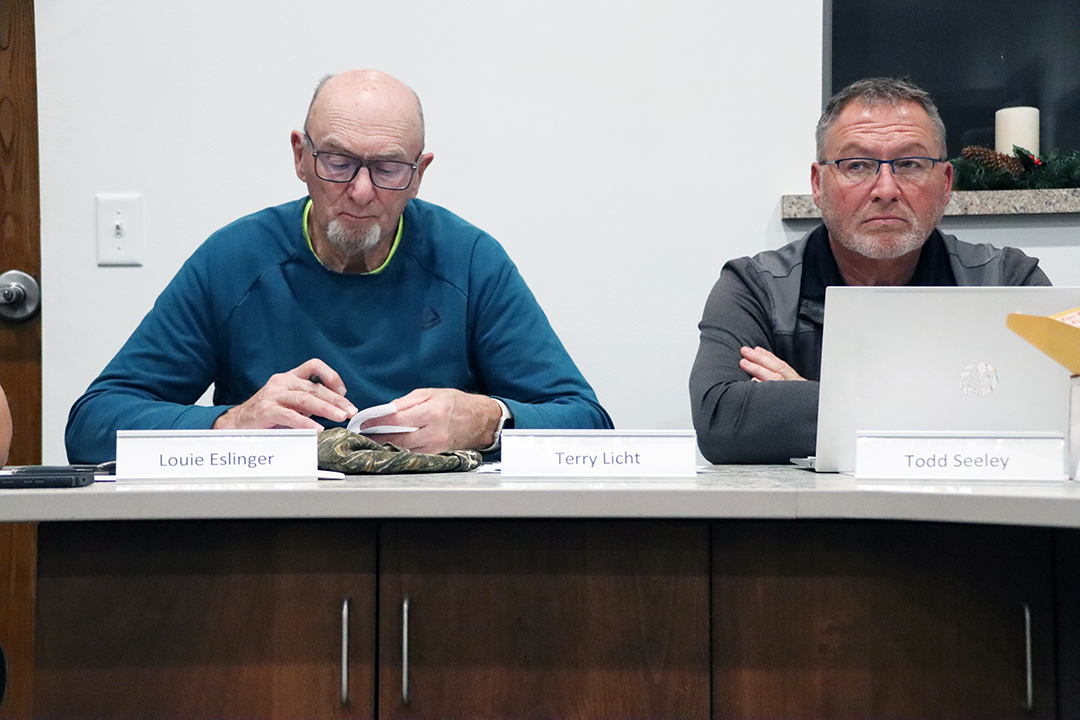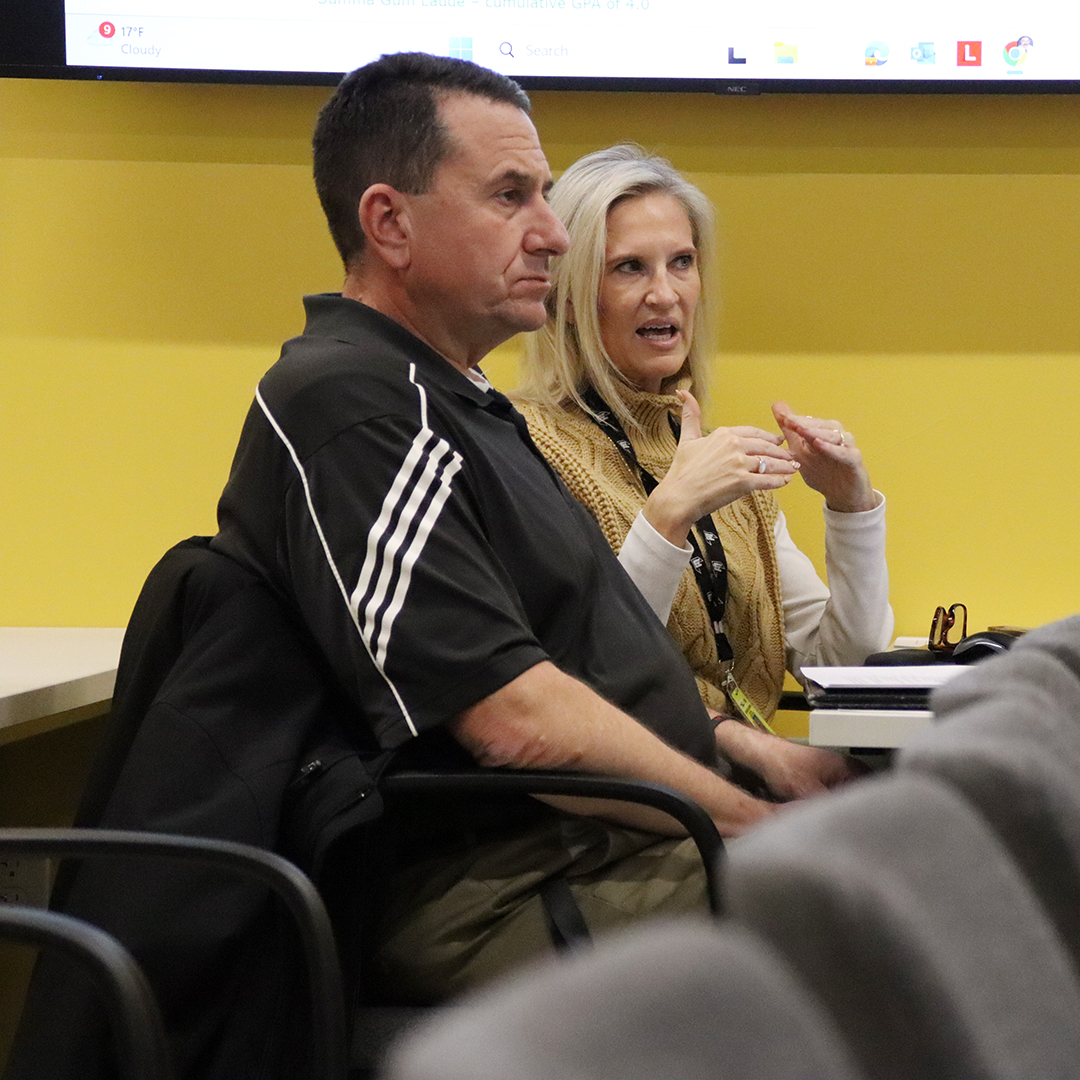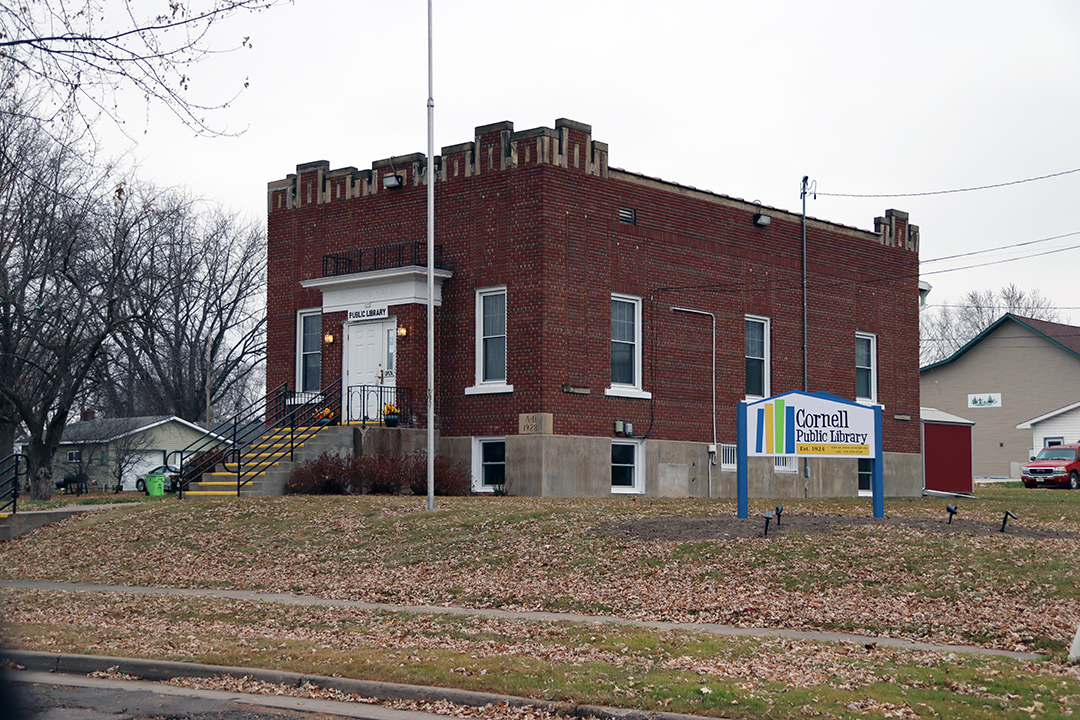Cadott School Board; Prioritization begins in long-range facility planning


Kevin Bills, ISG Architects, talked through three different options for improvements to the Cadott Junior and Senior High School building, during a Committee of the Whole meeting July ...




